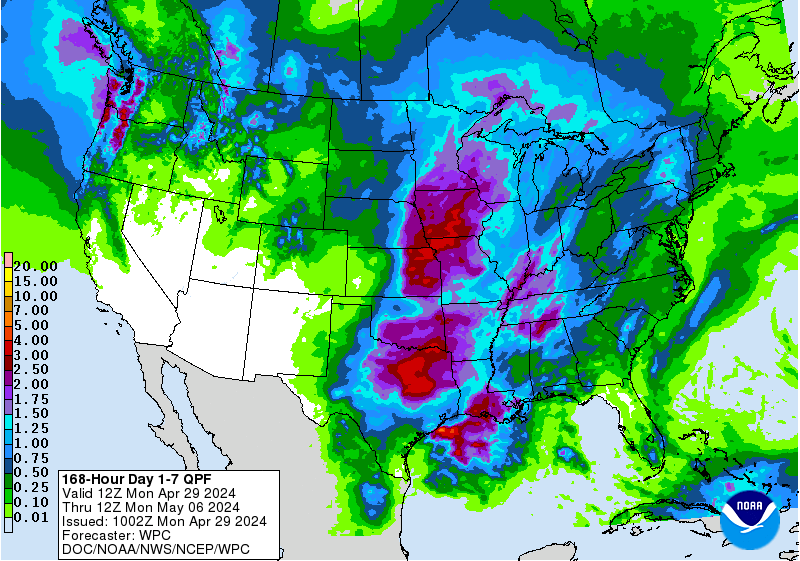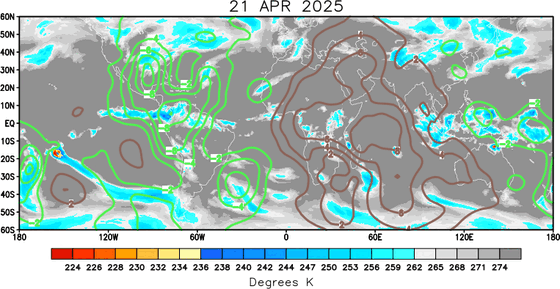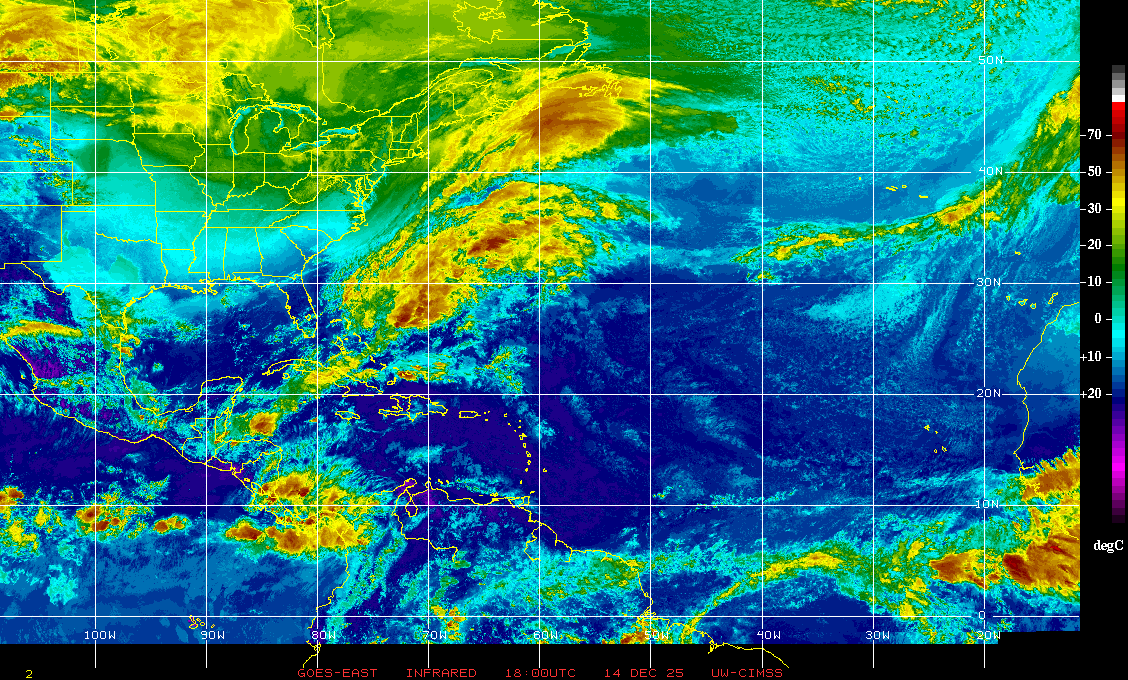Jacksonville, Fl. — The “Buresh Bottom Line”: Always be prepared!.....First Alert Hurricane Survival Guide... City of Jacksonville Preparedness Guide... Georgia Hurricane Guide.
STAY INFORMED: Get the * FREE * First Alert Weather app
FREE NEWS UPDATES, ALERTS: Action News Jax app for Apple | For Android
WATCH “Talking & Tracking the Tropics: The Science Behind the Season”
WATCH “Preparing for the Storm”
READ the First Alert Hurricane Center “Survival Guide”
***** ALWAYS CHECK & RE-CHECK THE LATEST FORECAST & UPDATES! *****
LOCAL - JAX/NE FL./SE GA. impacts from current tropical activity: ** None of consequence ** ... but folks anywhere along the Gulf Coast from Florida’s west coast to Texas - need to stay up to date on future forecasts regarding the tropics as fast changes/development will be possible into next week.
Any local impacts from tropical storm Laura look to be relegated to a slight bump in waves & surf through early next week & a bit of a surge of tropical moisture from the east increasing rain slightly. No significant direct local impacts are anticipated while current tropical cyclones take the “low road” - Marco far to the west & Laura well to the south then well to the west.
LAURA:
Strong tropical wave ’98-L’ was upgraded to tropical depression #13 Wed. then to tropical storm “Laura” Fri. while steadily moving west & approaching the NE Caribbean. This is the fastest to the 12th storm breaking the record of “Luis” on Aug. 29, 1995. As the Bermuda High to the north expands & strengthens, Laura should continue a steady track west before a slow bend to the northwest & forecast models are in excellent agreement on such. This puts the system near Puerto Rico Sat. ... near or over Hispaniola Sat. night... & near or over Cuba later Sunday into Monday. There remains a reasonable chance - as has been the case in recent days - for a track farther south as the Bermuda High flexes its muscles. There is also an argument for a more southern route (more westward movement) if the tropical cyclone remains weak. Land interaction looks to be more of a factor leading to likely disruptions in its organization resulting in complications with the overall forecast - both track & especially intensity. For the moment... Laura is looking very disorganized & will probably remain that way through a good part of the weekend. However, satellite & radar data seem to show an organizing tropical system. The center may very well jump around some until the cyclone is more organized. If the center somehow manages to reform away from the Greater Antilles with less time over land, Laura could end up strengthening faster than currently indicated.
Intensity continues to be a difficult forecast which is not unusual but even more so in the case of Laura. Several of the typically more reliable models - the European & GFS, for example - show little strengthening... & even weakening in some forecast cycles but are then stronger in other cycles. The UKMET - notoriously too strong this season so far - had been trending weaker & more south & west but has recently strengthened again. I’m still concerned about a “late bloomer” on this one. A tropical cyclone that’s quite weak possibly until making it into or near the Gulf of Mexico next week. Once in the Gulf (or far Northern Caribbean) & away from any land areas, there should be a gradual turn more northward. There will be some heavy squalls this weekend for parts of the Northern Lesser Antilles as well as Puerto Rico, Hispaniola & eventually Cuba though impacts do not look to be severe. In addition to land interaction, there is some dry air in the path of Laura which could serve to limit intensification, especially in the shorter term but shear has been weakening. The lack of “coordination” between the low level center & the strongest convection is evidence of such. The low & mid level centers of Laura have not been in sync for some time now with multiple swirls & small scale low pressure areas evident on satellite & radar data. Until & unless the centers become aligned, strengthening will be limited. In any case, the trend is for a tropical cyclone more to the west across the Gulf of Mexico taking Florida “out of play” but increasing the ante for the Gulf Coast from Texas to Alabama.
MARCO:
Tropical wave ’97-L’ has continued west after entering the Caribbean Mon. night & has been upgraded - as of Thu. morning - to tropical depression #14 & then to tropical storm “Marco” Fri. evening. Marco has been slowing some & turning more northward as it gets to the western edge of the now sprawling Bermuda High over the Atlantic & this is where we’ll have to pay close attention. While looking rather “healthy” Thu., the depression became pretty disheveled Thu. night only to see bursts of convection Fri./Fri. evening & seems to be gaining organization since late Fri. It does look like there will be a landfall near/over the Yucatan Peninsula this weekend which will cause at least some weakening or a pause in any strengthening though the track across land does not look like a long one. From there, td #14 should turn more northward re-emerging over the Western Gulf of Mexico late in the weekend/ early next week before bending back to the west. Depending on how fast the system can organize/reorganize, at least a tropical storm may then threaten Mexico or Texas - possibly even as far east as Louisiana - by the middle or end of next week. There will be a fairly strong & large area of shear developing over the Western Gulf which may serve to limit overall strengthening of Marco in the longer term.
Meanwhile.... complicating things even further... an upper level trough of low pressure has built southward over the Gulf coast states & Gulf of Mexico & will be lifting northward over the weekend. Once this feature leaves the area, it appears there will be some room for the Bermuda High - or an extension of the upper high - to build into the area. How exactly this plays out will probably have at least some role in how tropical systems are steered - & where they eventually go - next week. Forecast models remain relatively tame with the intensity of both systems throughout most model runs though there will be “windows of opportunity” ahead for significant intensification if all things can come together at just the right (wrong) time.
There has been quite a bit of scuttlebutt regarding a possible “Fujiwhara effect” between Marco & Laura. Right now I see the two systems as remaining their own separate entities, so I’m not going there. Eventually there could be some outflow interaction next week depending on where the systems are & how strong they are (tropical cyclone Fujiwhara effects have happened in the past, by the way). But no need for a lot of hype(!) on this possibility.
Overall conditions across the Atlantic Basin appear “ready to go” as we head into late Aug. & early Sept. (see velocity potential anomalies map below).





Lots of spaghetti(!):





Lots of rain along & near the Gulf Coast into next week due to a combination of tropical activity & an upper level trough:

A change of phase of the MJO (Madden-Julian oscillation) should help lead to an uptick in Atlantic tropical cyclones late this month into September. The upper level “velocity potential anomalies” map below shows “upward motion” - green lines - spreading east from the already active E. Pacific. Such a pattern often correlates to an increase in tropical systems that would eventually include the Atlantic Basin.


A strong tropical wave over the Eastern Atlantic is marching west. Forecast models are not jumping on this one yet but something to keep an eye on....



:quality(70)/cloudfront-us-east-1.images.arcpublishing.com/cmg/WW5AJL3ARQUGDQMAQUNSFX4CLE.jpg)




















:quality(70)/cloudfront-us-east-1.images.arcpublishing.com/cmg/2A2742EUVFCDRJBTDWWG5EQ36E.jpeg)
:quality(70)/cloudfront-us-east-1.images.arcpublishing.com/cmg/YNYHQR4LBVFI3OJGCFF32OEDVM.png)
:quality(70)/cloudfront-us-east-1.images.arcpublishing.com/cmg/F2HDNUPNINBJVMOJF6EVE2VRMI.png)
:quality(70)/cloudfront-us-east-1.images.arcpublishing.com/cmg/OOUFYBT7MBHC5C2CK7SMG6D35I.jpg)
:quality(70)/cloudfront-us-east-1.images.arcpublishing.com/cmg/HX2U3Y45JBCXXA7M6YH3A3B6AQ.jpg)